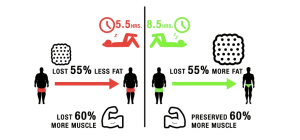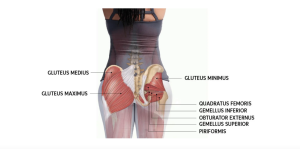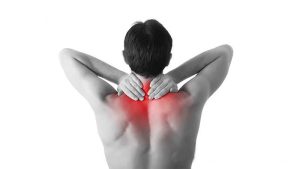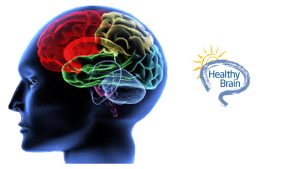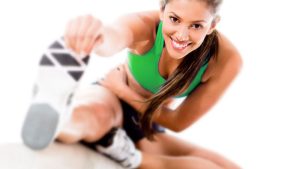.
Upper Crossed Syndrome
Spend lots of time in front of the computer or viewing your mobile, driving, or even reading a book every day, then you are likely suffering from Upper Crossed Syndrome (UCS). Constantly having your head tilted forward causes postural alterations, often leading to faulty movement patterns, increasing the stress placed on the neck, shoulders and head. This syndrome can cause a multitude of dysfunctions within the body resulting in headaches, early degeneration of the cervical spine, and loss of the cervical curve.
What is Upper Crossed Syndrome?
Upper Crossed Syndrome is a muscular imbalance pattern located at the head and shoulder region. The back muscles of the neck and shoulders (upper trapezius, and levator scapula) become extremely overactive and strained. Consequently, the muscles in the front of the chest (the major and minor pectoralis muscles) become shortened and tight. Primarily, tightness of the upper back muscles crosses with the tightness of chest muscles, while the weakness of the neck muscles in front crosses with the weak muscles of the mid-back. The condition gets its name from the “x” shape that develops when regions of overactive and under-active muscles overlap.
What causes UCS?
Our bodies were designed to move and not sit in a chair for several hours at a time. Good Posture is an important part of preventing problems like Upper Crossed Syndrome. Unfortunately, as we grow older our posture tends to decline. As a result we hunch over more, our shoulders become more rounded, sitting or standing with the head pushed forward, the thoracic spine (or upper back) becomes more curved.
Constant activities such as computer and laptop use, driving, watching TV, Mobile phone browsing, texting, game use (PlayStation), reading, sitting, and poor exercise techniques contribute to Upper Cross Syndrome. In most cases this syndrome develops through poor posture, specifically sitting or standing with the head forward for prolonged periods. Bad posture has also been linked to poor balance, as well as decreases in gait and functional performance. So over time, faulty alignment and poor posture can add abnormal stress to tissues, leading to degenerative joint changes and pain.
Signs and Symptoms of UCS
Below are some common symptoms to take note of:
- neck, shoulder or upper back pain
- Migraine and tension headaches
- strain in the back of the neck and often a weakness in the front
- chest pain and tightness
- sore shoulder blades
- pain in the jaws
- tiredness
- difficulty sitting, reading, and watching TV
- driving for more than a short period because of pain or muscle tightness or soreness
- restricted range of motion in the neck or shoulders
- numbness, tingling, and pain in the upper arms
- pain and reduced range of motion in the ribs
Prevention
The best way to prevent and treat Upper Crossed Syndrome is to practice proper posture. Additionally, avoid activities that require stretching the head forward for extended periods of time.
Examples:
- Limit your time spent watching TV, reading, using laptops and computers, or driving. Make sure the steering wheel, book, TV, or computer screen is sitting at eye level
- Take breaks every 15-20 minutes while sitting or engaging in problem activities. Using a lumbar roll in chairs can help.
- Try and get enough cardiovascular exercise, ideally 30 minutes daily from low-impact activities, such as walking or swimming
- Be aware of motions, movements, or activities that worsen symptoms and avoiding them for as long as discomfort continues
- Do stretches that target sore muscles of the back neck, shoulders, and chest and do strengthening exercises to target weakened muscles in the upper front neck and lower shoulders.
- using a headset for long telephone calls or transcribing
- using a single pillow that retains its shape
Chiro & Sports Med
Our chiropractors at Chiro & Sports Med are committed to providing chiropractic solutions to address your unique needs, whether you are experiencing an irritated nerve, bulging disc, back pain, neck pain, knee pain, headaches, or even muscular tightness and tension. You may be searching for pain relief after an accident or experiencing an injury. Our mission is to help reduce or eliminate pain and to prevent future problems and injury. Above all, we are here to improve your quality of life, well-being, and your ability to live an active healthy lifestyle.
If you would like to make an appointment with one of the chiropractors at Chiro & Sports Med simply call our office on 9817 2005 and one of our friendly staff will organise an appointment for you.

